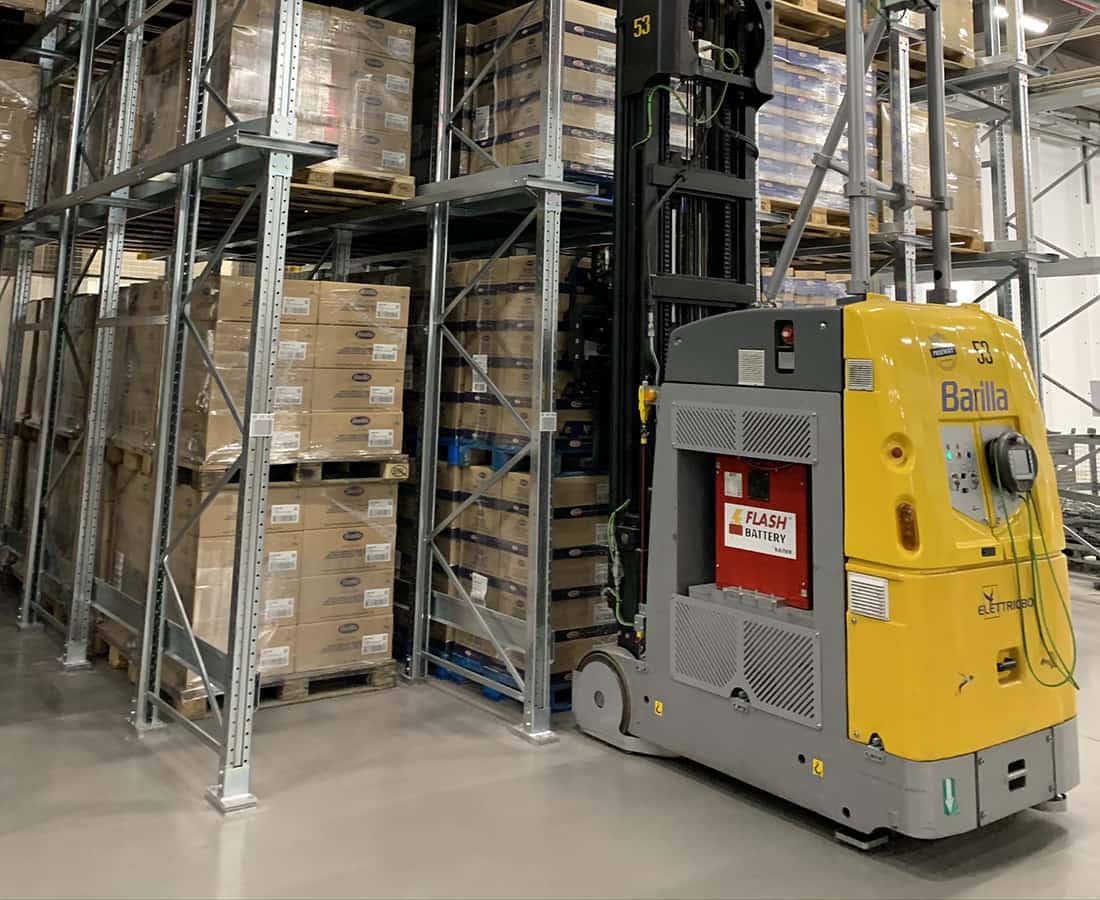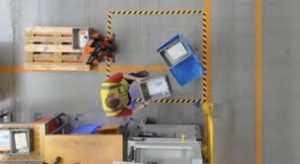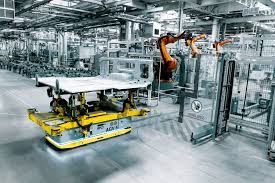
The AMR, the mobile warehouse robot
Amr is an acronym that may sound unfamiliar to many. When we mention this acronym, we are referring to Autonomous Mobile Robots, or Autonomous Warehouse Mobile Robots. Autonomy is what makes these devices capable of navigating freely within warehouses, with dexterity and undeniable precision. Then, they stand out in logistics. In addition, workers working on-site experience efficiency as well as safety, as the Amr use Lidar systems – an acronym for light detection and ranging – may locate goods and read QR codes without problems. The classification of autonomous mobile robots includes a further distinction between picking robots and those aimed at sorting articles, before they are fully catalogued. The autonomy of these devices is real, and effective, as they are cable-free and do not rely on sophisticated sensors to move on.
Amr are autonomous, efficient, free
An on-board mapping system, capable of delineating the route that divides – or joins – one point and another in the warehouse, makes it possible for AMR vehicles to move freely. These adaptive vehicles include five crucial elements, such as
– a Navigation system, aimed at acquiring the information needed to follow a given route.
– a Safety system, which ensures the safe execution of all movements and operations
– AMovement system, capable of converting the energy drawn from the power supply into mechanical movement.
– a Vehicle controller, which manages all the information required by the sensors to be able to work.
– Power supply, which provides the energy required for vehicle movement and accessory functions. The main elements are the battery and the charging solution.
Before their introduction less sophisticated known as AGVs were used. They used to respond to serial, yet less challenging instructions.
AGVs AND AMR: different quality and different performance
Due to their different nature, AGVs can move using cables, sensors and magnetic strips. Unlike AMRs, they are unable to detect an obstacle. While the latter react and go around the obstacle, the former are unable to deviate from their established path. This has made AMRs capable of handling goods and performing more complex tasks, compared to AGVs, which are mainly used in palletising. This is what makes autonomous mobile robots capable of working in dangerous areas for a team, such as dirty or dark corners, thanks to detecting mechanisms. The ability to modulate their path and meet any requirement gives companies the opportunity to rely on fast and versatile automated systems, resulting in fewer risks, cost and time saving. That’s a further step towards the most advanced technology that help businesses through the implementation of collaborative robotics
The path to human, collaborative robotics
Due to their ability to move freely and autonomously, bypass obstacles and change their route as men pass by, AMR devices behave like advanced robots. However, they were not designed to replace, but collaborate with workers. Furthermore, they comply with standards such as Uni en 1525-1999 and are therefore subject to regulation. Autonomous mobile robots are smooth and manoeuvrable in changing contexts, thanks to different
– Wiring, where the robot travels along a track on the ground full of wires, rails, magnetic lines, cables. Therefore, it follows the track mechanically, using a magnetic sensor.
– Laser guidance. Autonomous robots are equipped with a laser transmitter and receiver. The reflective tape is mounted on objects such as walls, stationary machines and poles. The lasers reflect the tape so the AMR can accurately calculate its position in the surrounding space.
A place where cooperation means automation (and viceversa)
Some AMRs are controlled by a computerised system using transponders embedded in the floor of the facility to verify that the AMR is following the correct route. In order to move correctly and autonomously, they use a visual guidance system. The camera recognises a route marked on the ground. The installation cost is lower and no special installation in the work area is required. Geo-guidance featuring a mapped representation of the surroundings allows AMR to move freely. Being able to automatically calculate its movements, it moves with precision without hesitation. This technology is very flexible and responds to any AMR mapping variation, no matter time and place as it relies on a specific software. It is perhaps the most reliable solution, as well as the most suitable for robots that may move, sort, find and order goods in collaboration with the warehouse operators.

Get in Touch
You will find yourself working in a true partnership that results in an incredible experience, and an end product that is the best.
Email us
support@gmail.com

